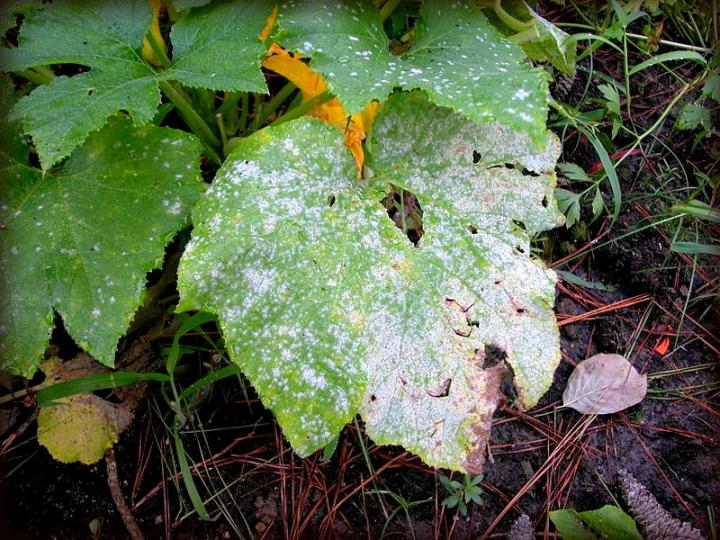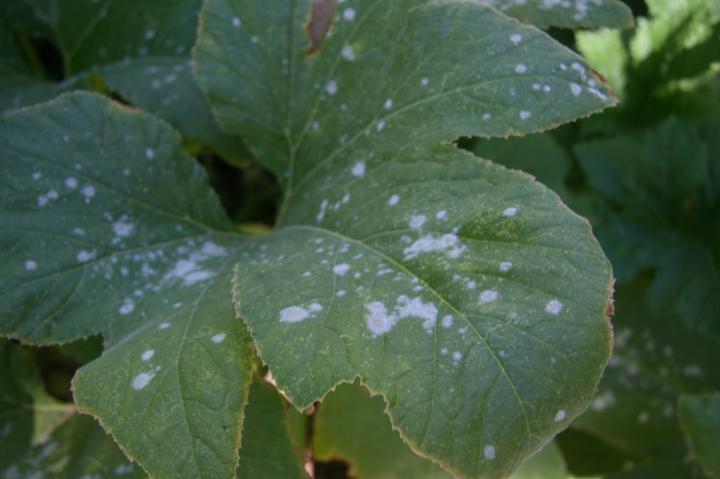






Wondering about that white fungus on your plants? The fungal disease powdery mildew affects a wide variety of plants and takes away a plant’s nutrients. This causes the plant to bloom less and become weaker.
There are many different species of the fungal disease powdery mildew, and each species attacks a variety of different plants. Unlike many other fungal diseases, powdery mildew does not require moisture to infect plants. It also survives well in warmth. This means that it can infect your plants under a wide variety of conditions.
When the fungus begins to take over one of your plants, the mildew that forms is made up of many spores. These spores carry the infection to other plants through the wind. Powdery mildew can slow down the growth of your plant. In some cases, if the infection is severe enough, powdery mildew can kill your plants.

Plants and Gardening: How to Choose a Garden
Powdery Mildew On Grass: How To Control Powdery Mildew In Lawns
How to Identify and Get Rid of Aphids
Cucumber Beetles: How to Identify and Get Rid of Garden Pests
Cutworms: How to Identify and Get Rid of Cutworms in Your Garden
septoria leaf spot and powdery mildew
Cabbage Root Maggots: How to Identify and Get Rid of Garden Pests
Tomato Hornworms: How to Identify and Get Rid of Garden Pests
Whiteflies: How to Identify and Get Rid of Garden Pests
Deer: How to Identity and Keep Deer Out of Your Garden
Copyright © www.100flowers.win Botanic Garden All Rights Reserved